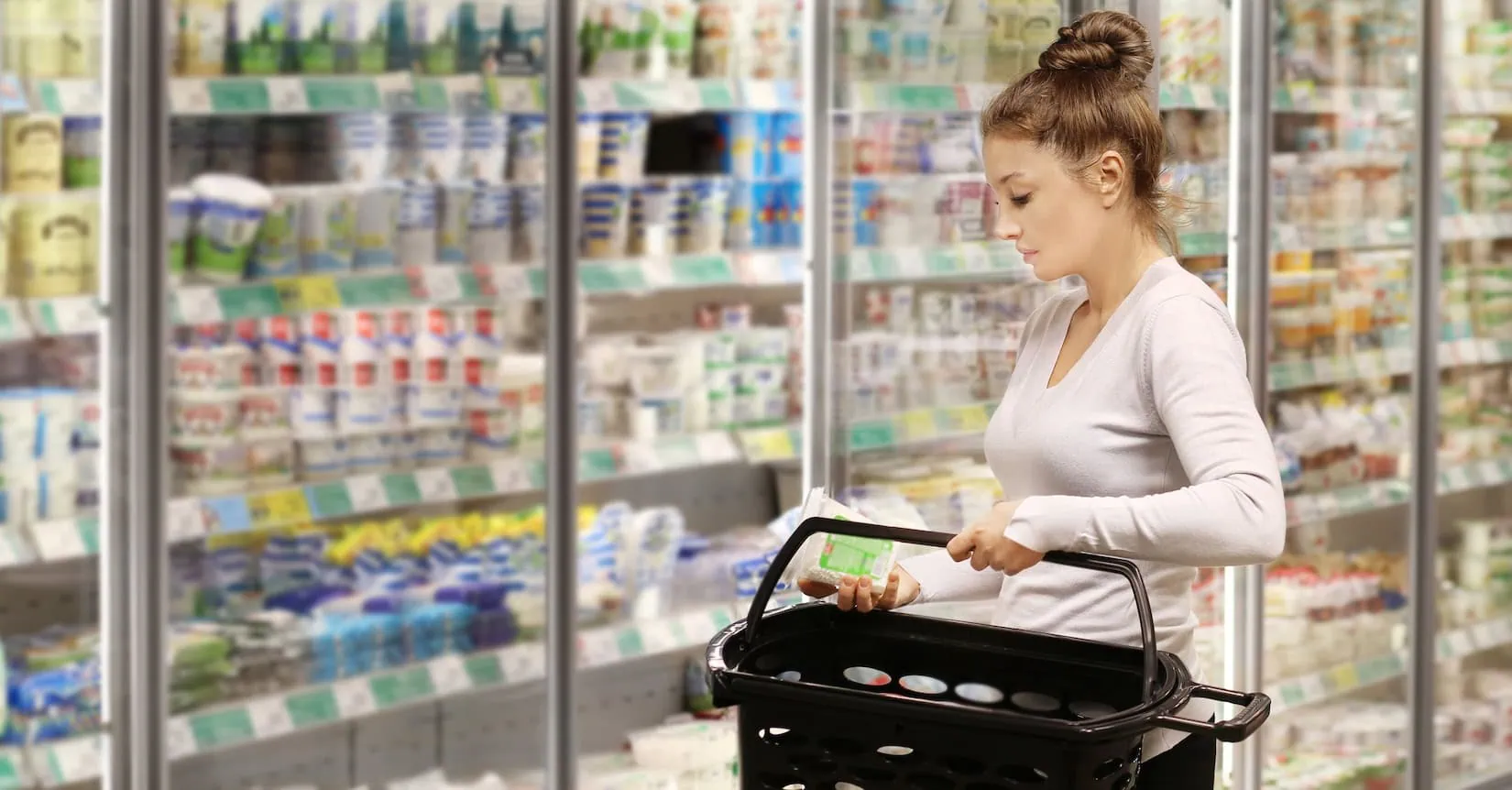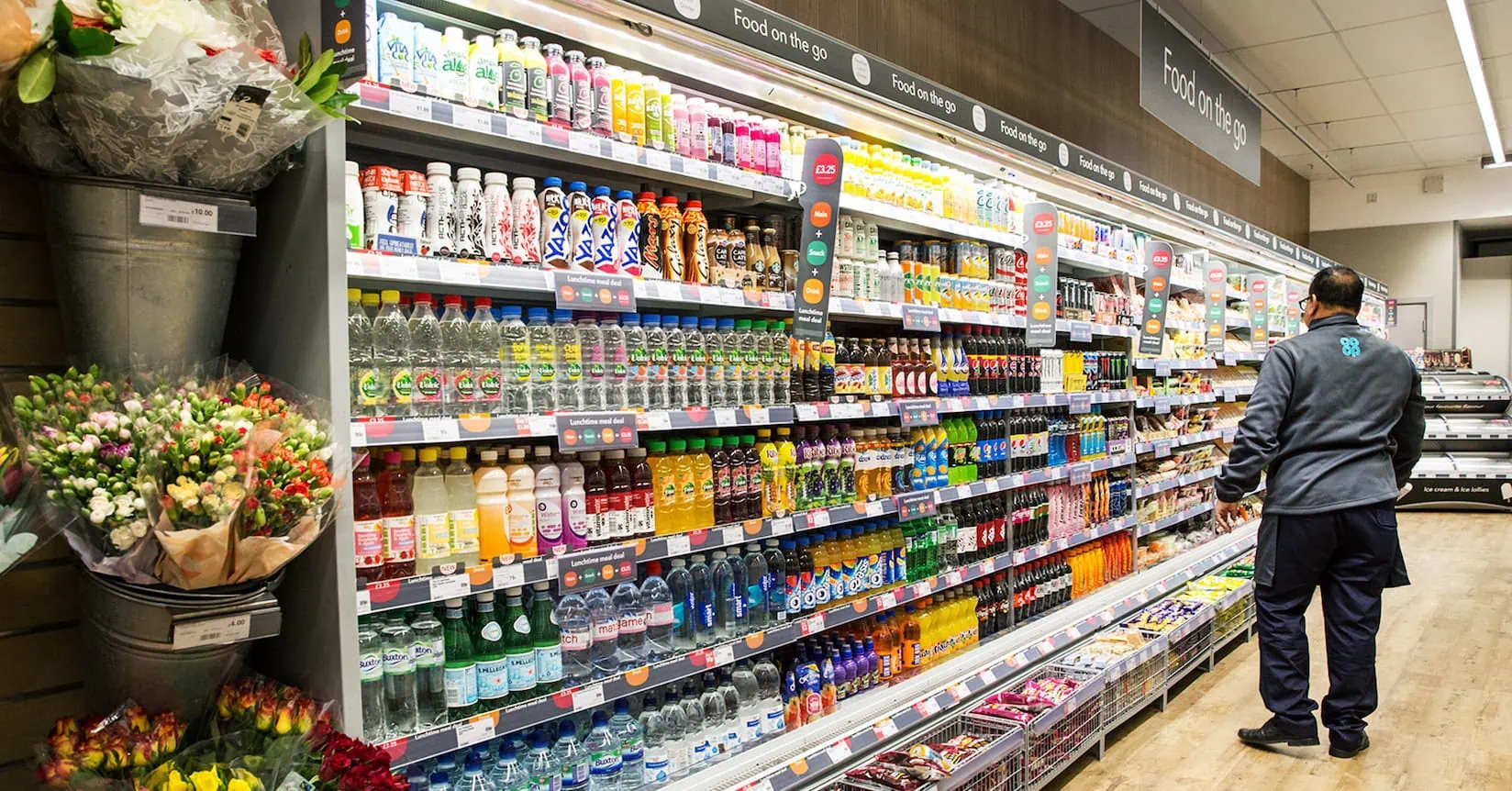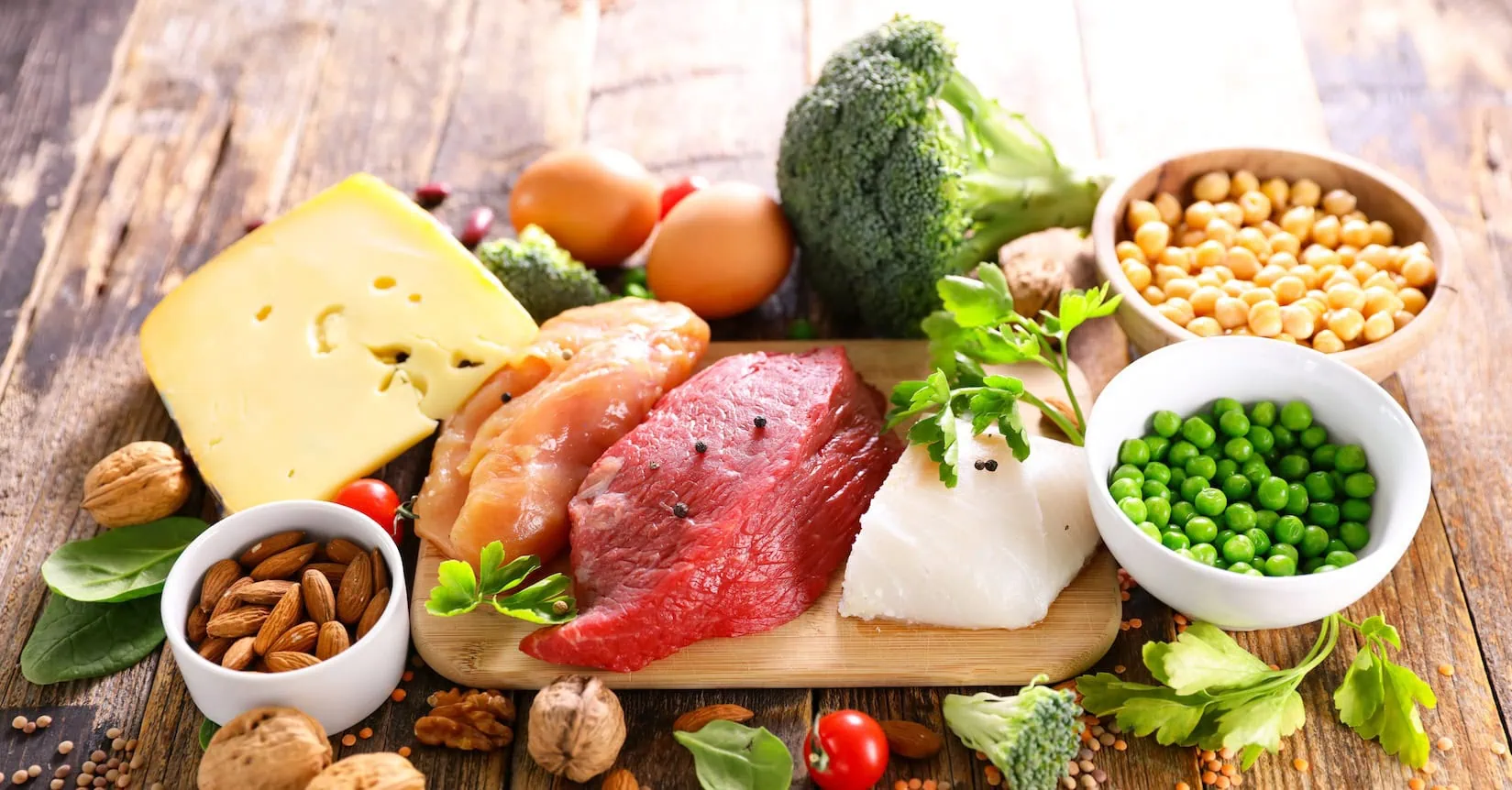The phrase ‘clean label’ often has different meanings to those in the food and beverage industry.
Despite this, it is becoming an increasingly important area for procurement teams as consumer desires for “additive-free” or “free from artificial ingredients” continue to push the food industry into sourcing more natural and healthy ingredients.
The term’s complexity and opaqueness comes mainly from a lack of formal regulatory definition and varying views worldwide. Consumer perceptions primarily drive the clean labels market, meaning buyers must track evolving consumer preferences closely to stay ahead of the curve.
A growing sector
A key element of this rising trend is that customers want to understand the ingredients on their labels so they can make more conscious, ethical, and informed decisions. According to Data Bridge Market Research, the global clean labeling market is expected to be worth more than US$90 billion by 2032.
Their research suggests that food manufacturers are reformulating products using clean label ingredients. They also see a trend among food companies to utilize technology to source and process natural ingredients.
The clean label sector came to prominence in the late 1990s, driven by customers’ desire to remove additives, E-numbers, and artificial colors from products.
Trend emergence and implications
The term also goes hand in hand with sustainability and the booming health and wellness market. With the emergence of GLP-1 medications, the signals indicate that customers are becoming increasingly more health-conscious. Some big players in the clean labels sector include Cargill, ADM, BENEO, Corbion, and Tate & Lyle.
Tate & Lyle, for example, has positioned itself as “moving the clean-label conversation into transparency.” Crucially, it says it wants to focus on helping customers understand the ingredients they buy and use. It has cited research suggesting that 84% of consumers read ingredient labels globally.
Of course, procurement people have to consider the product implications of utilizing more natural ingredients. For example, some products also have a shorter shelf life without artificial preservatives, leading to product spoilage.
Getting the balance right is the tightrope buyers have to walk: gauging the impact on products and supply chains, while meeting consumer expectations and demands.
Evolution in the future
What’s clear is that the market is not standing still, and more is expected from food manufacturers in this area. Customers want easily recognizable ingredients on the back of products, and some are also using QR codes to delve into supply chain details to ensure they are responsibly sourced.
The industry’s challenge is steep. Certain food label ingredients might seem “too scientific” and be considered “not clean enough” for some customers. Conversely, if the words used were more recognizable, those same ingredients could be regarded as “healthy enough.” Ultimately, consumers want knowledge and familiarity to feel empowered.
So, what’s the message for procurement teams and manufacturers? The science may be clear about certain ingredients, but consumer sentiment ultimately holds immense sway.
You might also want to read:
– Biggest black swan trading events in history: at a glance
– 7 must-watch finance films and documentaries
– Interview: Cargill on the next cocoa era, alternatives and procurement navigating volatility



